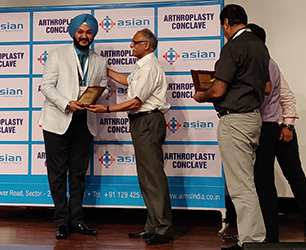The best way to deal with pain following a robotic knee replacement
Published on: 2025-01-10
Robotic Knee Reconstruction The robotic knee replacement has revolutionized the way that we perform joint surgery. The advanced technology allows for faster recovery and better outcomes than traditional methods. However, just like any surgical procedure, it comes with its own set of challenges--especially when it comes to managing pain post-surgery. Understanding how to manage this discomfort is crucial for your recovery if you have recently had a robotic knee replacement procedure or are contemplating it. Explore effective ways to reduce that persistent pain, and get you back on your feet quicker.
Pain and Discomfort After Surgery
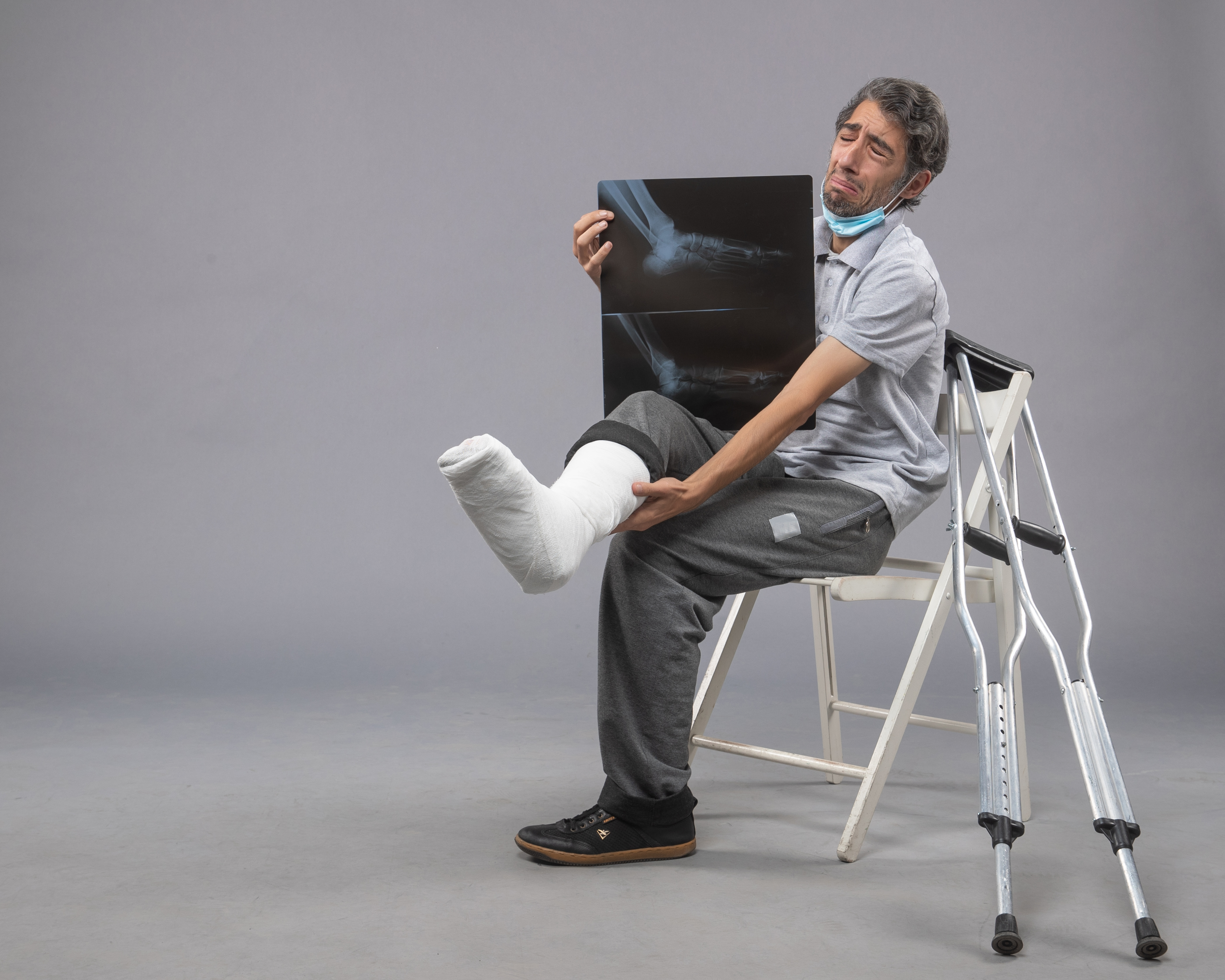
Patients report many symptoms following robotic surgery. Pain is usually most apparent in the first few days after the procedure. Initial pain may be throbbing or sharp.
Swelling around the knee is another common issue. It can restrict mobility and increase pressure on surrounding tissues.
Stiffness is often associated with pain. As your body heals, you may find that your legs become stiffer.
Some people experience tingling or numbness in their legs and feet after surgery. While these sensations are only temporary, they may cause discomfort as you recover.
Understanding these experiences is essential to setting realistic expectations for healing after robotic knee replacement. Each person's journey is different, and factors such as overall health can have a significant impact on the outcome of recovery.
Pain management has many different options.
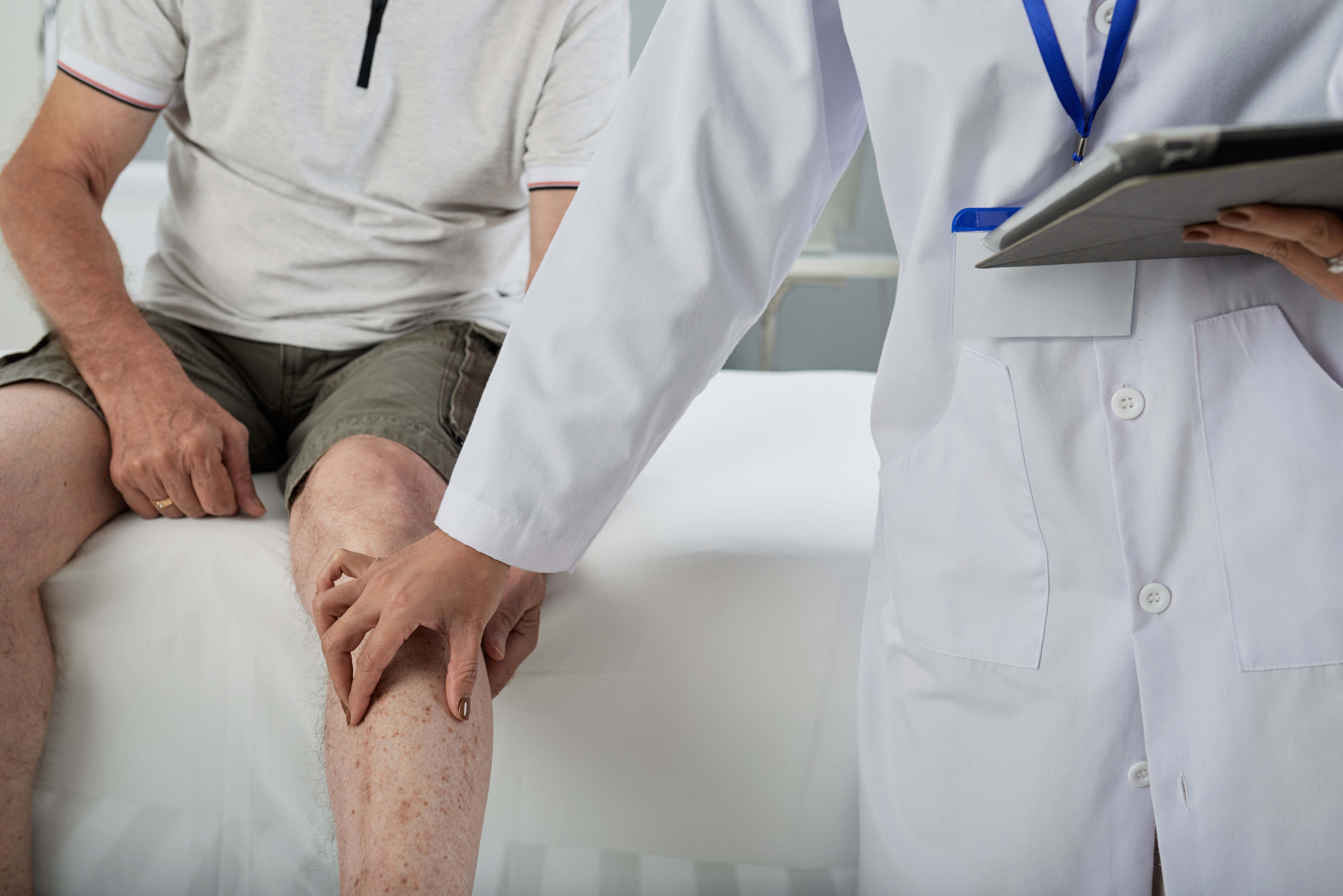
Your healthcare provider will give you options that are based on the needs of your particular situation.
Nonsteroidal anti-inflammatory drugs (NSAIDs) are often used. They are useful in relieving swelling and pain. Ibuprofen is an example.
You can prescribe opioids for severe discomfort. While they might provide some relief, it is important to use caution because of their dependence potential.
Acetaminophen is used for mild to moderate pain. It's gentle on the stomach and can be taken with other pain medication.
Talk to your doctor about your medication plan. Your physician will help you find the right balance between side effects and pain relief. This can lead to a quicker recovery.
Alternative Pain Relief Methods
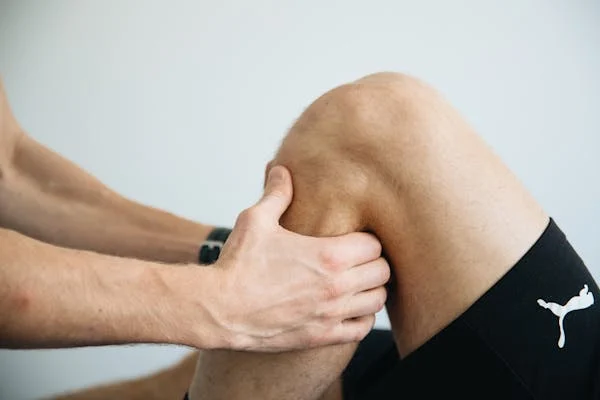
These methods can enhance the holistic recovery approach.
Inflammation can be reduced by acupuncture, an ancient method that stimulates specific points on the body. The area surrounding the knee can be improved by acupuncture.
Massage therapy is another option. Gentle manipulations of muscles and soft tissues can improve flexibility. Many patients report feeling more relaxed after a massage treatment.
You can reduce stress by using meditation to focus on your breath and thoughts. It helps to manage the perception of pain.
Cold or heat packs can provide instant comfort. Heat encourages blood flow while cold dampens sharp pains. It is an excellent way to speed up recovery.
Physical Rehabilitation and Therapy Exercises
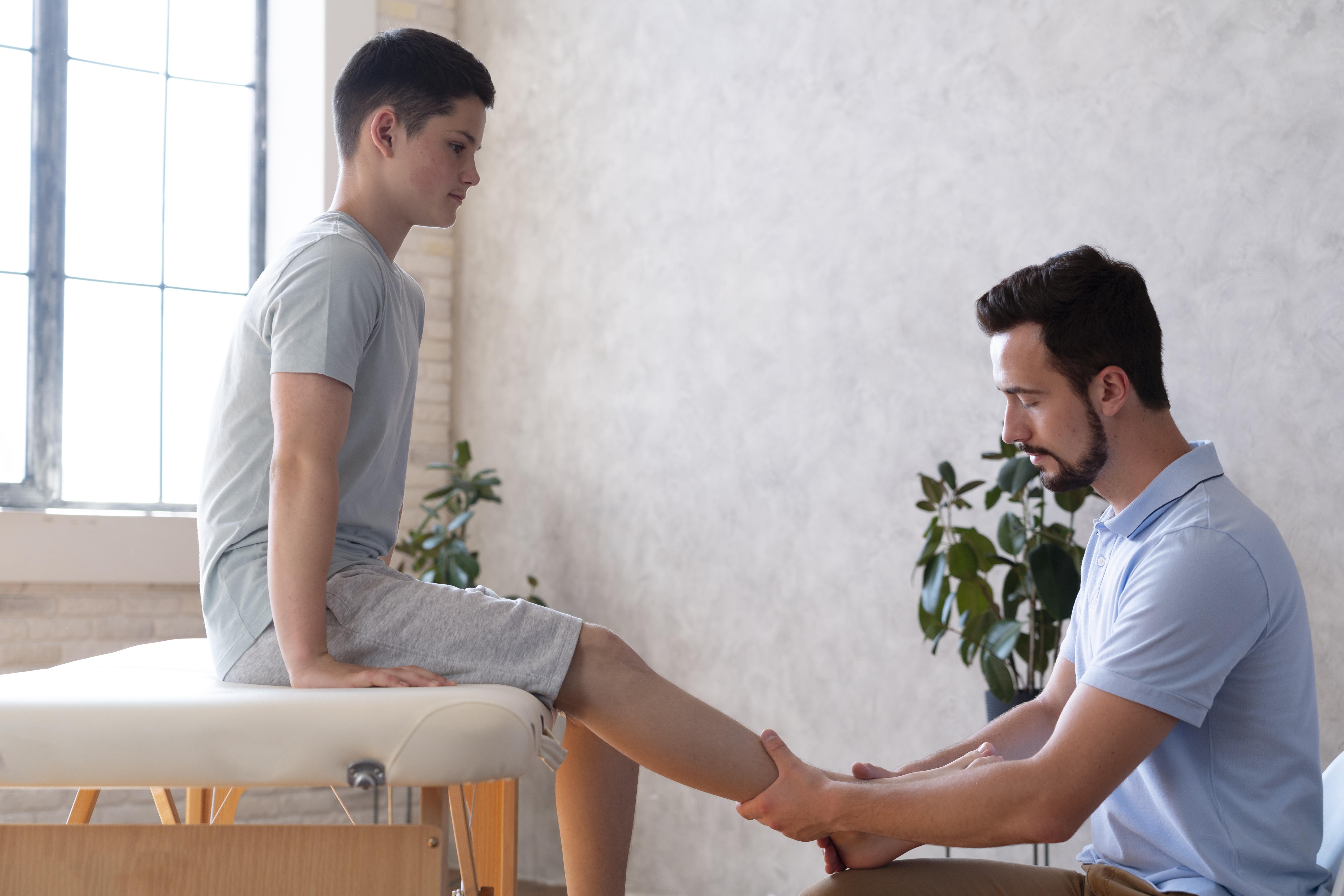
It is impossible to overstate the importance of physical rehabilitation in the healing process following robotic knee surgery. Rehabilitation helps you regain mobility and strength.
The therapist may focus on simple exercises that increase joint range of motion. Simple tasks can make a huge difference.
As the healing progresses, strengthening exercises will be introduced. The exercises help strengthen your muscles around the knee to support it better while you're active. During this phase, resistance bands and lightweight weights are often used.
Balance training is important as you gain more confidence. Techniques like standing on one leg or balance boards can help improve stability.
Physical therapists can create a program that is tailored to your specific needs. A physical therapist will take your progress into consideration and will provide you with a program that suits you.
Changes in lifestyle to relieve pain

A balanced diet rich in leafy greens, fatty fish and other healthy foods can reduce swelling.
Drinking 8 glasses of water per day is essential for recovery.
Walking or swimming are excellent ways to increase flexibility and reduce stress on the knees.
Sleep is important. A relaxing routine will help improve your quality of sleep, and heal you.
Deep breathing and meditation are effective ways to reduce stress. Reducing anxiety during recovery can also help you perceive pain less.
 +91 98551-63355
+91 98551-63355













